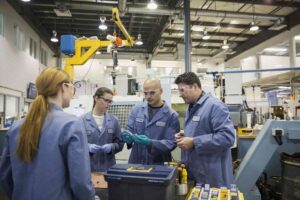Scaffolding Construction Quality Regulation Negligence
The scaffolding industry is thriving with a booming demand for new and refurbished construction. Since it gives access to builders to connect them and elevate them higher to safely construct high-rise buildings and/ or carry out necessary repairs and maintenance of any structure or building. Scaffolding also ensures fast completion of the construction work needed, whilst guaranteeing the safety of workers and the general public.
Construction sites are the most common location where these accidents occur due to the sheer number of people who use them daily in their work. Even something as simple, but important, as following safety regulations can help prevent fatal falls from height which happened 61 times last year alone according to BLS statistics where in contrast, the Bureau of Labor Statistics (BLS) found that there were at least 61 fatalities nationwide in 2018 stemming from falling off or getting injured by scaffolds all incidents could have been prevented if workers had followed Occupational Safety and Health Administration (OSHA) requirements like using proper ladders on high-rise projects and properly secured material when working on sloped surfaces and unfortunately, there are still some companies and contractors who doesn’t abide to these requirements where they settle for sub-standard equipments for less expenditure but little they know that they might save hundreds of dollars for doing so but they’ll surely spend thousands for settling an injury lawsuit that may filed against them by their injured labors in the process if they’re proved and found out that they didn’t adhere to OSHA quality regulations. To start with, here are some countermeasurements that a scaffold must have: 
- A Personal Fall Arrest System is the vital safety equipment that can save your life. It usually consists of an anchorage, connectors, a body belt or harness and may include a lanyard, deceleration device or lifeline to ensure you don’t fall any further than necessary if something goes wrong during work above ground level. Another form of this are guardrails, these structures are built to protect workers or high-rise building cleaners from falling due to off-balancing or any causes, they look like nets that are bent enough to catch and prevent a person from falling. It also benefits the mental health for the workers since they don’t need to worry and be anxious about their work as their safety is ensured and “harnessed”. From reports, it is said that 100% of workers who wear a personal fall arrest system has been saved from threat of falling making it a good investment for contractors rather than settling for none to avoid additional legal penalties and lawsuits.
- A scaffold by itself does not provide a proper system for safe movement, it is along with planks as standard footing to maneuver around. Workers need to be able to move as they do their jobs as well as firm spots to put their equipments such as paints and brushes, and this is made possible through the use of plankings that are installed onto all surfaces of a scaffold in order for workers to properly walk on them and use as a utility while still being stable. The planking should also have gaps less than an inch wide between each plank so that no worker falls off or gets injured if one plank snaps unexpectedly underneath him/her during work hours as setted standards by Occupational Safety and Health Administration (OSHA).
- If the scaffolding constructed during your recent project turned out to be unsafe due poor welding practices by contractors or bought and settle for a substandard materials used for scaffolds, there is a high chance of eligibility and there may exist liability on behalf of those who created these structures but more importantly others involved like general contractors and sub-contractors. With an involvement of a life and property of someone, both, especially contractors and employers should held liability and prepare measurements when the unexpected happens.If the scaffolding that was put up for your building might be defective. For example, if the steel bars were not welded properly together or they are too short and thus unstable then you could have a case against them since it is their duty to create something safe with which to work on high buildings. Furthermore, other parties such as builders or property owners can also be liable depending upon what actually happened at the time of construction.
Who should a worker work with legalities when he’s a victim of construction negligence?
It is highly recommended to work with a lawyer when filing an injury claim against your contractor rather than a lawsuit. In some states, it is a law within work spaces to file a claim as a replacement for lawsuit and this process is long when working individually compared to working with a legal professional. Ryan Injury Lawyers is an Ohio based injury law firm that represents their client whose a victim of apparent work negligence and sustained an injury. They completely gather informations and evidences to strengthen the claim being filed to get you your edges and eventually your compensation pay. Call our offices now for free legal consultation.
